Grow Turf and Protect the Water
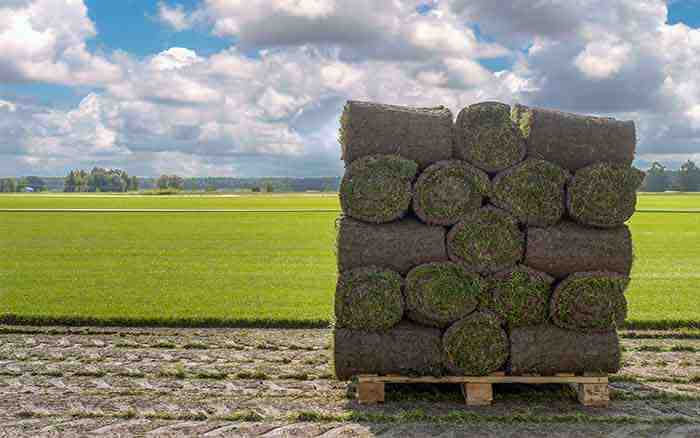
Turf Farming can pose a number of risks to surrounding water bodies if appropriate preemptive measures aren't taken.
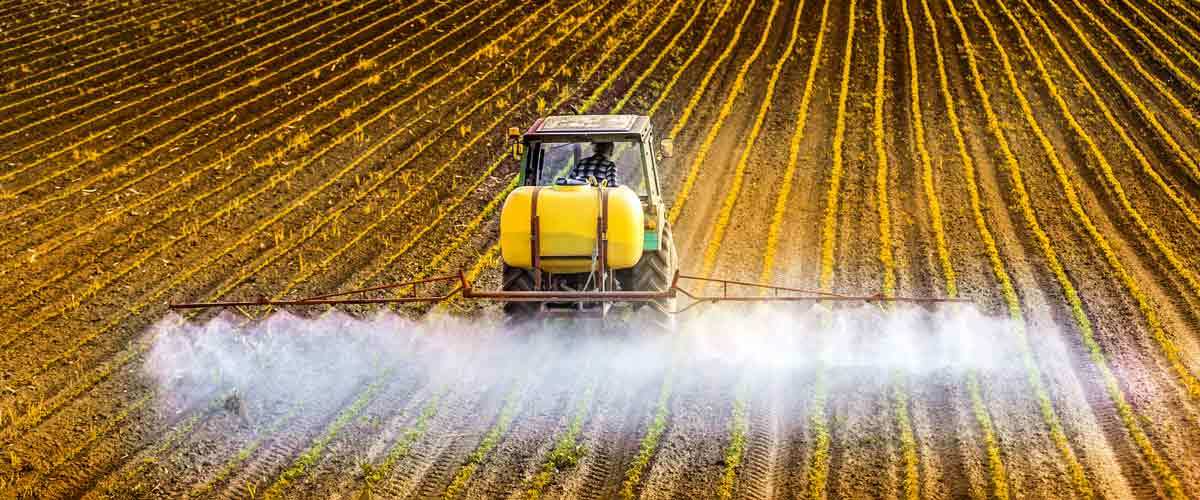
Follow label instructions for storing and disposing of pesticides and containers.
Federal law requires any person who applies or supervises the use of restricted use pesticides (RUPs) to be certified in accordance with EPA regulations and state, territorial, and tribal laws. Pesticide applicators must know how to apply RUPs properly and effectively. EPA Pesticide Certification Guide
For pesticides in small portable containers, such as 55-gallon drums or smaller containers, EPA regulates pesticide storage through specific storage instructions on pesticide labels. View EPA regulation
Many pesticide containers can be recycled after they have been emptied and rinsed thoroughly. For more information AG Container Recycling Council and Pesticide Stewardship Alliance
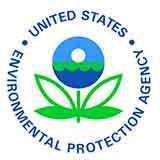
EPA is committed to a strong partnership with the agriculture community to assist in fulfilling our mission of protecting human health and the environment.
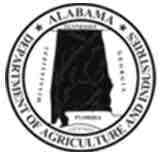
The Pesticide Management Section regulates individuals or companies that sell, use, or supervise the use of restricted-use pesticides, engage in the commercial application of pesticides, and structural pest control or horticultural activities.
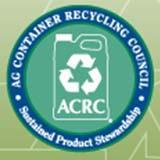
Thousands of farmers and applicators nationwide participate in our free recycling programs. The ACRC is fully funded by our member companies and affiliates that formulate, produce, package and distribute crop protection and other pesticide products.

Turf Farming can pose a number of risks to surrounding water bodies if appropriate preemptive measures aren't taken.
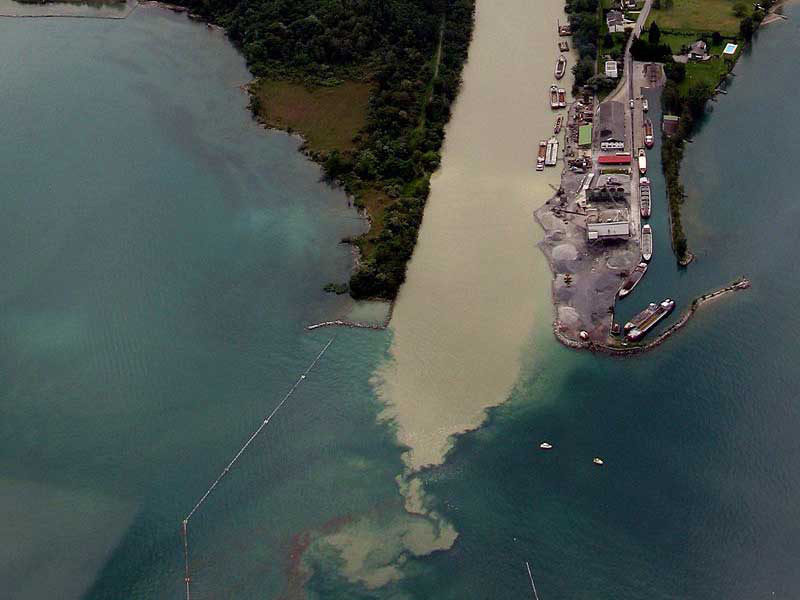
When water rushes off hardened surfaces, erosion of sediments degrade water conditions and smother and disrupt seagrass growth and the habitat for benthic organisms they provide.
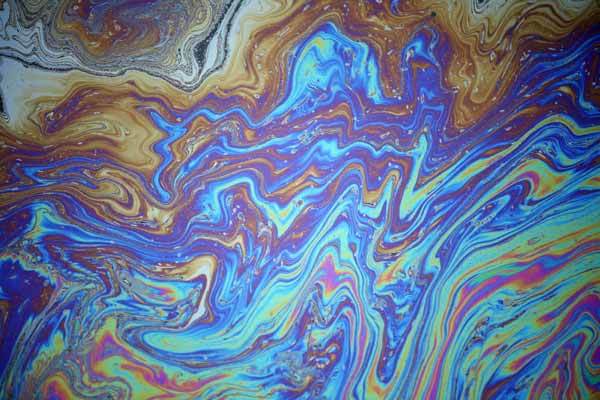
Compounds like oil, grease, and heavy metals take a long time to break down and threaten the health of both aquatic and human life.
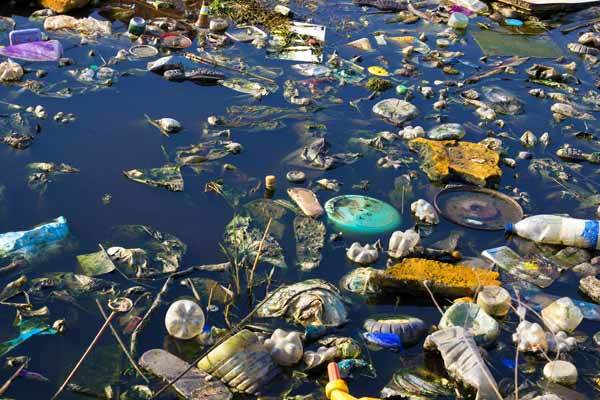
Litter is not only unsightly, but it also causes a variety of problems to the ecosystem as it enters our waters where it is often is mistaken for food by fish and invertebrates.
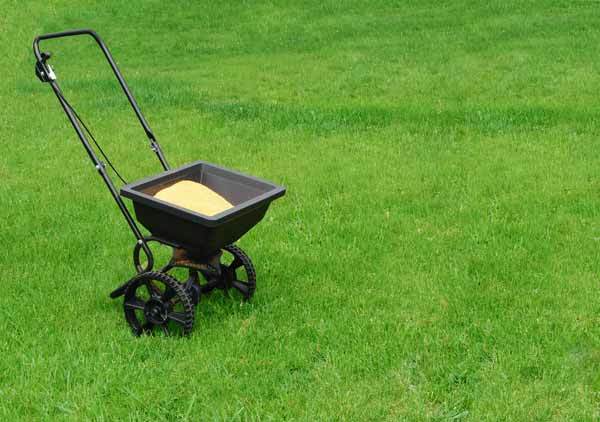
Too much fertilizer, pet waste, and other nutrients in our water often lead to serious problems like lowering dissolved oxygen levels, preventing seagrass growth, and killing fish.
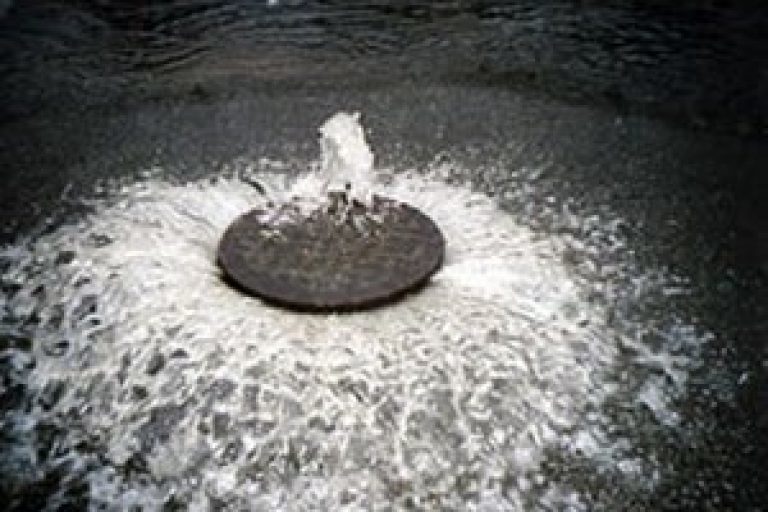
Disease-causing microorganisms, including bacteria, viruses, and other single-celled organisms, are referred to as pathogens, some, like Salmonella, cause human health problems.
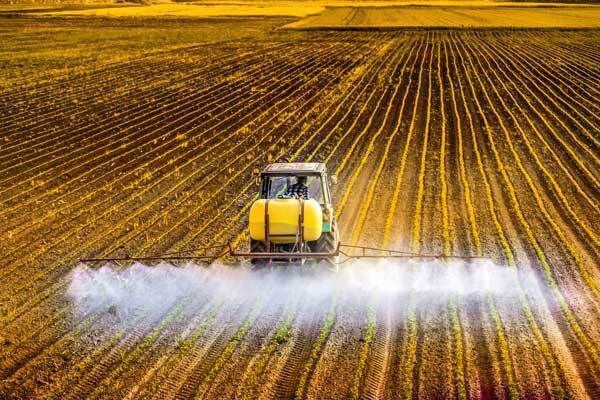
While pesticides are designed to be toxic to certain organisms, they can often be harmful and kill other species in the marine system that are important for the entire ecosystem.